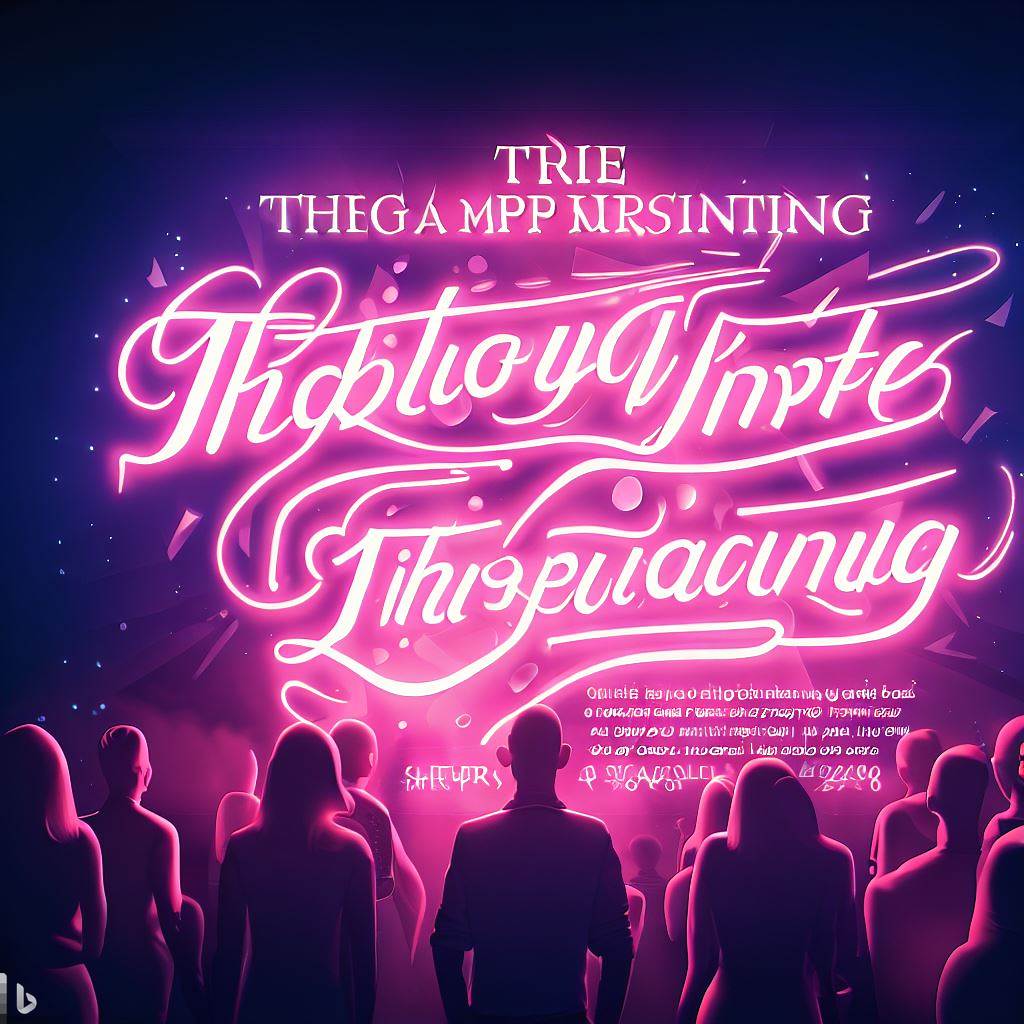
In the competitive world of advertising, every detail matters when it comes to creating a memorable and impactful campaign. Typography, as a powerful visual tool, plays a crucial role in conveying messages, establishing brand identity, and capturing the attention of audiences. This article explores the significant impact of typography in advertising and how it can enhance brand communication and captivate viewers.

- Establishing Brand Personality and Identity: Typography serves as a visual representation of a brand’s personality and identity. By carefully selecting fonts that align with the brand’s values and target audience, advertisers can create a consistent and recognizable visual language. Serif fonts may convey elegance and tradition, while sans-serif fonts can evoke a modern and clean aesthetic. The choice of typography should reflect the brand’s positioning and help establish a strong brand identity.
- Communicating Emotions and Messages: Typography has the power to evoke emotions and enhance the overall message of an advertisement. Different fonts have distinct characteristics that can convey specific emotions. Bold and attention-grabbing typefaces may communicate strength and urgency, while cursive or script fonts can evoke a sense of elegance and sophistication. Advertisers can leverage typography to reinforce the desired emotional response and enhance the impact of their message.
- Creating Visual Hierarchy and Readability: Effective typography in advertising helps create a visual hierarchy, guiding viewers’ attention and emphasizing key information. By utilizing variations in font size, weight, and style, advertisers can direct viewers to essential elements such as headlines, calls to action, or product features. Clear and legible typography ensures that the message is easily understood and enhances the overall readability of the advertisement.
- Differentiating and Standing Out: In a crowded advertising landscape, standing out is essential for capturing audience attention. Typography can be a powerful tool for differentiation. Unique and creative typography choices can help advertisements break through the clutter and create a memorable impression. Advertisers can experiment with custom fonts, lettering styles, or typographic treatments to create a distinct visual identity that sets their brand apart.
- Cultural and Contextual Considerations: Typography in advertising should be mindful of cultural and contextual factors to ensure effective communication. Different cultures may associate certain fonts with specific meanings or connotations. Advertisers must consider cultural nuances and avoid unintentional misinterpretations. Additionally, the context in which the advertisement will be displayed, whether it’s print, digital, or outdoor media, should influence font choices and legibility considerations.
- Adaptation for Digital Platforms: In today’s digital age, typography in advertising extends beyond traditional media. Advertisers must consider the unique challenges and opportunities presented by digital platforms. Responsive design, legibility on different screen sizes, and optimized loading times become crucial factors in typography selection. Web fonts and scalable typography solutions enable advertisers to maintain consistency and visual impact across various digital channels.
Typography is a fundamental element in advertising, shaping the way brands communicate with their target audience. From establishing brand identity to conveying emotions and messages, typography plays a vital role in captivating viewers and creating memorable advertisements. Advertisers must carefully select fonts that align with the brand’s personality, communicate effectively, and stand out in a competitive landscape. By understanding the power of typography and its influence on brand perception, advertisers can leverage this visual tool to create impactful campaigns that resonate with audiences and drive desired actions. With the ever-evolving digital landscape, the role of typography in advertising continues to evolve, requiring advertisers to adapt and embrace new possibilities for effective visual communication.

